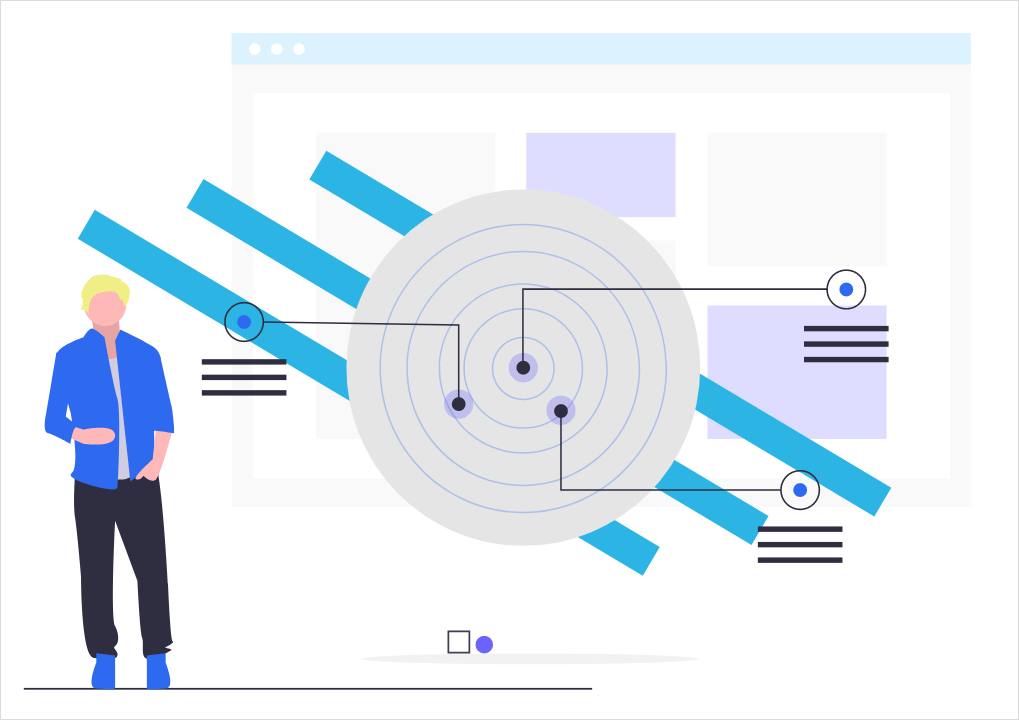One of the most underrated questions out there is: what’s the best bidding optimization to use for display campaigns? This is underrated because only a few people ask it, but it is one of the easiest ways to make your campaigns successful. Since there are only a few hundred other criteria to choose from to make your campaign successful!
Let’s step back. What is bidding optimization? Well, let’s say there are 100,000 possible impressions that your ads could get today. This maximum number of impressions is governed by factors like your targeting and your max CPC. There are only so many ad views for the relevant people on the relevant pages in your target location (excluding the fraudsters!).
But, let’s say your budget is so small it can’t show it all 100,000 times. Or maybe you don’t want to show it all 100,000 times because you don’t want to overwhelm them. Say, your budget could only show ads to 10% of them for about 10,000 impressions. Which 10% should see the ads?
The answer, my internet friends, lies in bidding optimization for display campaigns. Bidding optimization is when you tell Google when to show an ad and use this strategy to determine if an ad is shown or not.
The AdWords UI tends to change every week these days, but here is what it looks like, as of this writing:

The basic bidding optimization options are:
- Bidding for clicks. This is the most common option. If Google thinks someone is likely to click on an ad, they show the ad. This is usually the default people use.
- Bidding for impression share. That’s where you show the ad to the largest number of people within your target group—not caring if they’re likely to click. For branding and political campaigns, this is the best one to use. A politician or even Coca-Cola doesn’t care so much if you click or not; they want you to be exposed to their name.
- Bidding for conversions. This is where Google shows the ads to people who are most likely to click AND then perform your predefined conversion action, for example, buy a product or sign-up for your list. Keep in mind is that conversions are rare early in campaigns. If your conversion event is a contact regarding a high-end product in which there will be very few conversions—then Google may never have enough data to optimize for conversions.
- Bidding for conversion value. This is the gold option: target not only for conversions but also to assign a target value to each. The trick here isn’t having enough conversions, but a realistic conversion value. Too high and you waste money; too low and Google can’t optimize it.
The last option on the list, by conversion value, is the underrated one of the bunch. Once you have enough conversion data and a realistic target… run with it.
Or not. As always, you should test. Each case is different and you are a unique snowflake!
There’s a meta lesson here: minor, forgotten settings make all the difference. If running successful display campaigns was as easy as uploading some cool ads and defining some targets, then everyone would be a millionaire, right?






